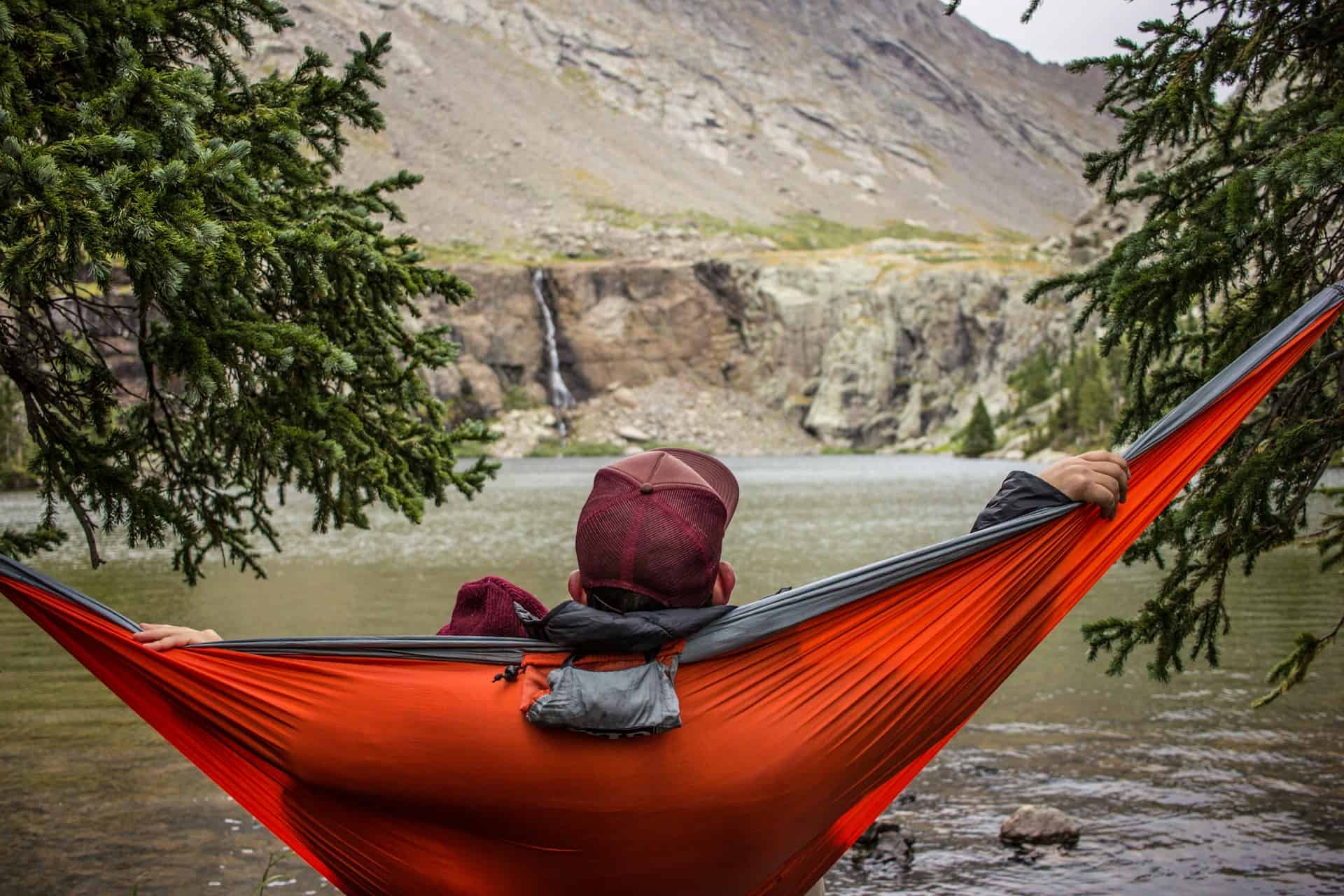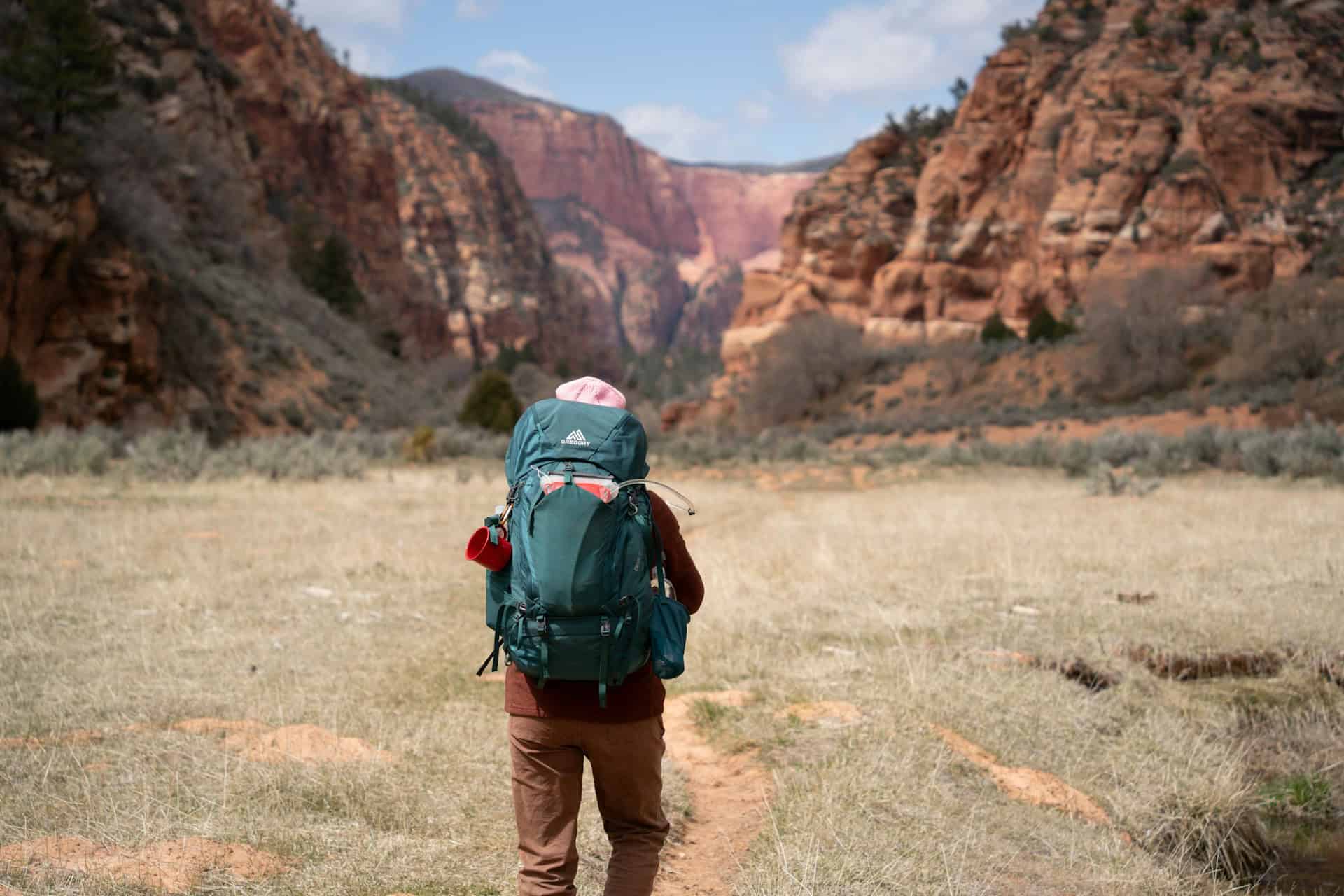Backpacking forces you to think carefully. Every ounce matters. The wrong gear slows you down, wears you out, and kills your trip.
So what gear is actually worth packing? What helps on the trail, and what just looks cool online? This guide breaks it down. No fluff. Just real tools that do their job and earn their place in your pack.
Why Choosing the Right Gear Matters
Weight Adds Up Fast
An ultralight setup typically weighs around 10 to 12 pounds, excluding food and water. Most beginners carry 25 to 35 pounds. Every extra item makes hiking harder.
According to REI, every 1% reduction in pack weight leads to better endurance and fewer injuries. Small cuts add up to a big difference.
The Wrong Gear Can Fail When You Need It Most
A leaky tent in the rain or a sleeping bag that doesn’t stay warm can ruin your night. Some gear doesn’t perform as advertised. That’s why testing, reviews, and wise choices matter.
Step 1: Choose the Right Backpack
Capacity Depends on Trip Length
- Weekend (1–3 nights): 40–50 liters
- Multiday (3–5 nights): 50–70 liters
- Extended (5+ nights): 70+ liters
For most people, 55–65 liters is the sweet spot.
Features To Look For
- Padded hip belt
- Adjustable torso
- External pockets
- Water bottle holders
- Load lifters
A hiker in Oregon shared: “I swapped to a ULA Circuit after struggling with shoulder pain. Game changer. The hip belt took the load off, and I finally enjoyed the hike.” Don’t cheap out here. A good pack lasts years and makes every mile better.
Step 2: Shelter That Holds Up


Tent vs. Hammock vs. Bivy
Tent: Most common. Best for general use. Look for double-wall tents under 4 pounds. Easy setup and weather protection are key.
Hammock: Great for forested areas. Needs tree straps and a rainfly. Not ideal in open terrain.
Bivy: Minimalist and light. Just a sleeping bag cover with a small hood. Suitable for fastpacking or solo trips.
Best Features
- Freestanding poles
- Rainfly with full coverage
- Vestibules for gear storage
- Strong zippers and seams
Top choices include the Big Agnes Copper Spur, NEMO Hornet, and REI Quarter Dome. A camper from Montana said, “My Big Agnes held up through hail and wind. Others had puddles. I was dry and warm.” That’s what matters.
Step 3: Sleep System That Works
Sleeping Bag or Quilt?
Bags are warmer….
Click Here to Read the Full Original Article at Go Backpacking…
